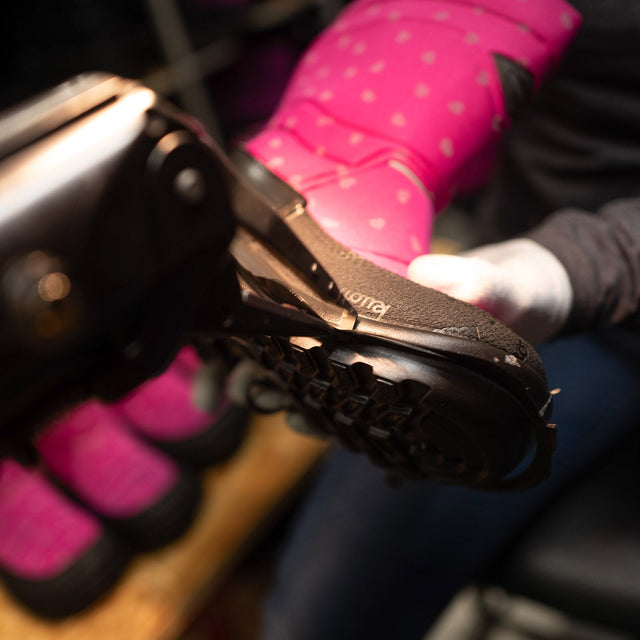The Kuoma Factory
The factory is located on a unique spot along a river rapid in the village of Kuomiokoski in Southern Savonia, Finland.
It was built in 1928, when Juho Puttonen, Kuoma’s founder and a wholesaler from Helsinki, saw an advertisement in a paper for a farm and a mill that were up for sale at Kuomiokoski. Puttonen took immediate action and bought the farm. The farm was previously called Matila’s mill, according to its previous owners.
After Puttonen bought the farm, things started happening fast. Puttonen had a building known as Humina (‘hum’ if Finnish), which was used as a cafeteria and living quarters, and a waterpower plant with two turbines built. The plant provided enough electricity for lights and for running the modernised mill and a small factory operation. The Kuomiokoski facility was a true forerunner of innovation, since it featured the first streetlights in Ristiina and the first toilet with water.
In 1930’s, more homes were built on the farm along with some new buildings for the factory and a barn for cows, as the operation grew bigger. In 1950’s a carpenter’s workshop was built. Around those times the waterpower plant was shut down, since it could not supply enough electricity to meet the increased demand, and by then it was easier to just buy electricity.
There have been plenty of times during Kuoma’s history, when we have been forced to think if founding a company right in the middle of a forest was such a great idea. The location has its downsides, but in the end, it’s obvious the upsides won, since the factory has been up and running even through the wars and the depression of 1990’s.
Kuoma has had a second location in Mäntyharju since the 1950’s, and in early 2000’s its role in Kuoma’s operations grew larger. Today, Kuoma’s logistics centre is located in Mäntyharju, and the facility is home to some of the earlier steps in Kuoma’s shoe production.
The Kuomiokoski factory is still our main location, however, even after the second location was taken into use. The factory has been expanded significantly from its original set up, and now there are over 100 people working at Kuomiokoski. Nearly all phases of Kuoma’s shoe production are still completed in Kuomiokoski, and this will be true in the future as well.
Kuoma’s history is seen in the unique location of our factory, but also throughout our operating model today: the company started out with locally produced electricity and now, 90 year later, we are producing electricity again, although this time it’s solar.
Even though Puttonen chose Kuomiokoski as a location rather randomly – he could have bought a farm anywhere in Finland – the location has become a Kuoma’s home and a symbol for everything Kuoma represents. The factories have had a significant impact on the village as well, and to this day the factory and its workers are keeping their home village alive.
ORIGINAL SINCE 1928
Manufacturing of Kuoma shoes
We believe in producing hardwearing and high-quality products. We are a responsible company and use recycled materials whenever possible for making our shoes. We buy our materials from responsible companies mainly from Europe. We have minimised the amount of waste produced in our process and all waste that is produced, is burned for energy in an incinerator. We value our workers and their expertise, and we work in safe conditions.
Our products are continuously developed, and we take customer feedback into consideration in our development work.
All Kuoma shoes are made in our Kuomiokoski facilities. All in all, our boots take 75 different manufacturing steps to make. On this page you can read about how our shoes are made, from design to packaging. Don’t worry, we will not describe all 75 steps in detail, but you will still get a comprehensive peek into the expertise and amount of work that goes into every Kuoma shoe.







